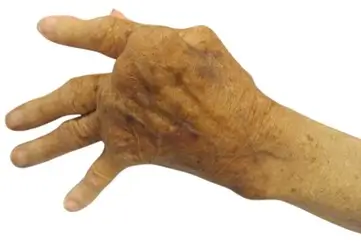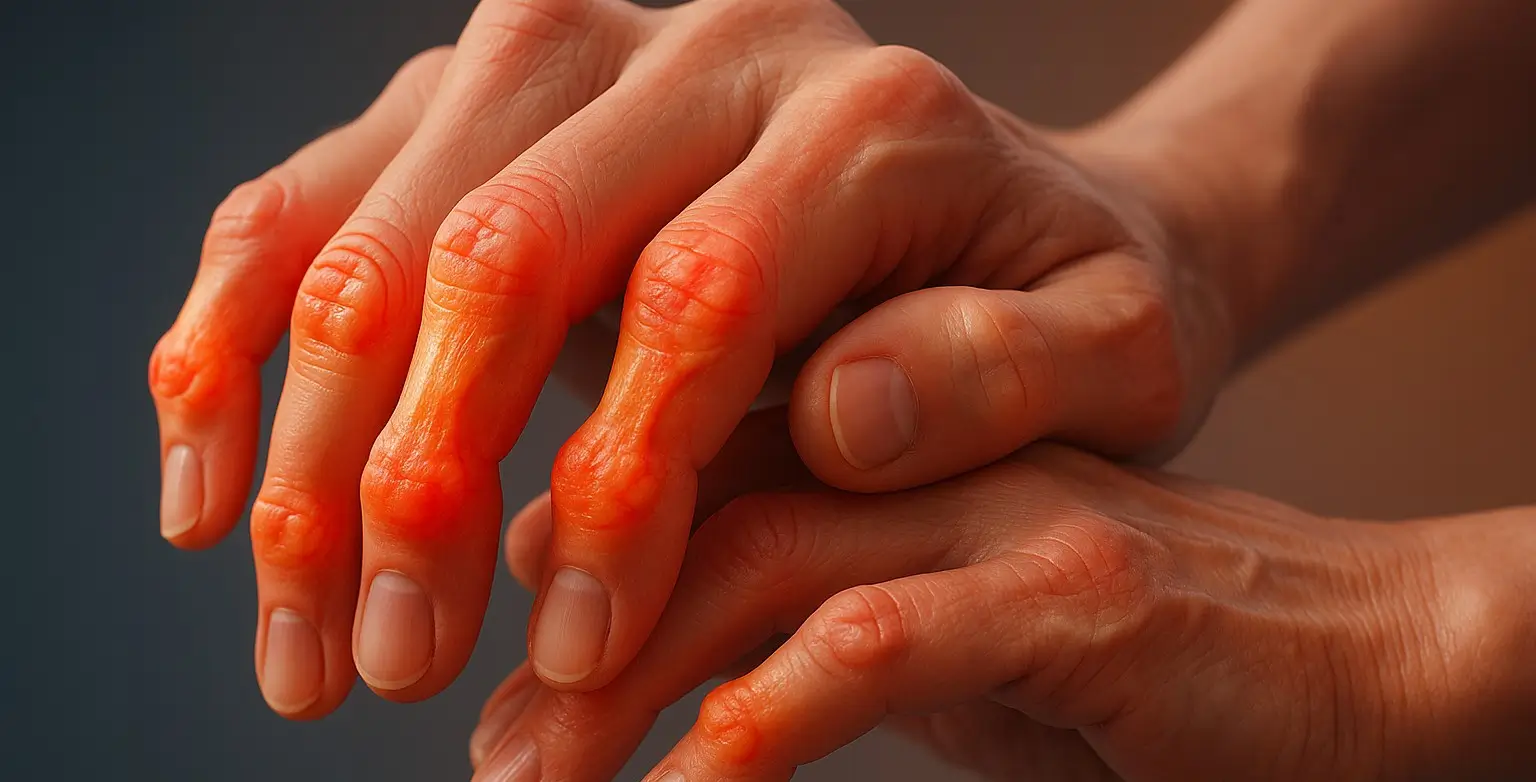- Rheumatoid arthritis is an autoimmune disorder that primarily affects joints.
- It occurs when the immune system mistakenly attacks the body’s tissues, causing inflammation in the joint lining.

Overview of Rheumatoid Arthritis:
- It is a chronic autoimmune disorder that primarily affects the joints, causing inflammation, pain, and potential joint destruction.
- It can also have systemic effects, impacting various organs and systems in the body.
This is a sample ad placement!
Symptoms of Rheumatoid Arthritis:
- The symptoms of this arthritis can vary in severity and may include:
- Joint pain and tenderness
- Joint stiffness, especially in the morning or after periods of inactivity
- Swelling in the joints
- Redness and warmth around the affected joints
- Fatigue
- Fever
- Weight loss
- Rheumatoid nodules (firm lumps under the skin, often around pressure points)
- Reduced range of motion
Etiology of Rheumatoid Arthritis:
- The exact cause of rheumatoid arthritis is unknown, but several factors are believed to contribute to its development:
- Genetic factors – Certain genetic markers, such as HLA-DR4, increase the risk of developing RA.
- Environmental factors – Smoking, exposure to certain infections, and other environmental factors can trigger the onset of RA in genetically predisposed individuals.
- Immune system abnormalities – RA is an autoimmune disorder where the immune system mistakenly attacks the synovium (lining of the membranes surrounding the joints).
This is a sample ad placement!
Pathogenesis of Rheumatoid Arthritis (RA)
- Rheumatoid arthritis is an autoimmune disorder primarily affecting joints.
- Genetic Predisposition: Genetic factors, such as HLA-DR4, increase susceptibility.
- Immune System Dysfunction: Autoantibodies (e.g., rheumatoid factor, anti-CCP) target joint synovium, leading to chronic inflammation.
- Synovitis: Inflammation of the synovial membrane results in pannus formation, which invades and destroys cartilage and bone.
- Cytokines: Pro-inflammatory cytokines (TNF-α, IL-1, IL-6) drive the inflammatory response and joint destruction.
Treatment
- There is no cure for rheumatoid arthritis, but treatments can help manage symptoms and slow disease progression.
- Treatment options include:
This is a sample ad placement!
-
Medications:
- NSAIDs: Reduce pain and inflammation.
- Corticosteroids: Provide quick relief from inflammation.
- DMARDs: Slow disease progression (e.g., methotrexate, leflunomide).
- Biologic Agents: Target specific parts of the immune system (e.g., TNF inhibitors).
-
Physical therapy
- Helps maintain joint flexibility and muscle strength.
-
Occupational therapy
- Assists in adapting daily activities to reduce strain on the joints.
-
Surgery
- In severe cases, surgical options like joint replacement or synovectomy may be considered.
-
Lifestyle modifications
- Regular exercise, a balanced diet, stress management, and smoking cessation can help manage symptoms and improve quality of life.
Prevention
- While there is no known way to prevent rheumatoid arthritis, early diagnosis and treatment can help manage the disease effectively and reduce the risk of joint damage.
- Maintaining a healthy lifestyle, avoiding smoking, and regular medical check-ups are important in managing risk factors associated with RA.
Thank you for reading from Firsthope's notes, don't forget to check YouTube videos!
This is a sample ad placement!

